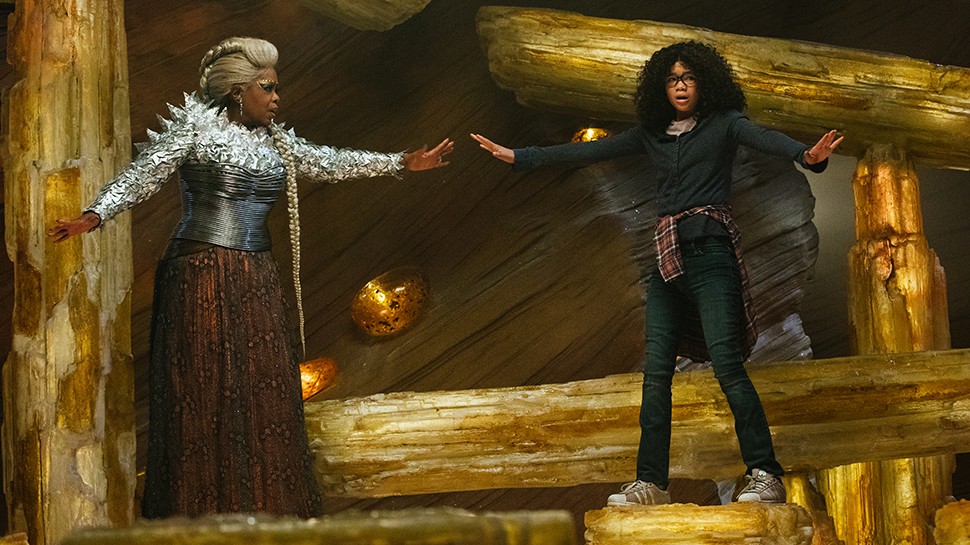What makes A Wrinkle in Time Christian?
Some white Christians have complained that Ava DuVernay’s film is not faithful to Madeleine L’Engle’s book. A lot of people of color, however, have been feeling this movie deeply.

Works of art can become holy to people, and these “sacred texts” are miracles. A book, a song, a film, an image created by someone decades or centuries ago, is picked up and read or heard or seen—and in this encounter, something opens up for us. Something in the world makes a little more sense; we make a little more sense. As our life goes on we refer back to that text again and again, and with each reference it becomes more and more holy. Perhaps we believe that this holiness is intrinsic to the text, to the artist, to some faith or hope we share with them—and that, somehow, we swim in the same pool of faith or hope or truth or knowledge.
Such texts also have a way of becoming the property of a dominant culture, signifying cultural and theological values and assumptions. Interpretation of the symbols in these texts are then filtered through ideas of fidelity to the authoritative text. Some of us who read those texts, imagine ourselves within them, and then interpret them in ways that draw outside the lines of these dominant discourses can find ourselves perceived as lacking in spiritual or intellectual depth or accused of importing our cultures into something alien to us.
Some reviews of Ava DuVernay’s film A Wrinkle in Time, especially by white Christian folk, have complained that it is not faithful to Madeleine L’Engle’s original text, that it drops the book’s biblical references, and that it completely avoids Jesus’ name (a name used for centuries to establish patterns of acceptable faith). Jeffrey Overstreet writes that “going to extremes to rid L’Engle’s story of all evidence of the Christian faith that inspired it is like making a movie about the lives of Martin Luther King Jr. or Johnny Cash without paying any attention to the fact that Christian faith was the beating heart of their vital work for much of their lifetimes.” The suggestion is that by not attending to certain characters or dialogue or references, DuVernay misses the theological significance intrinsic to the narrative. She may tell a good story, but it isn’t L’Engle’s story.




